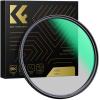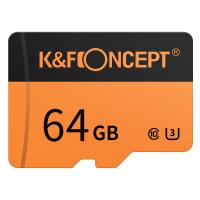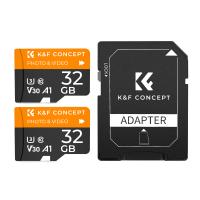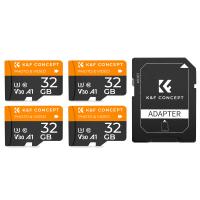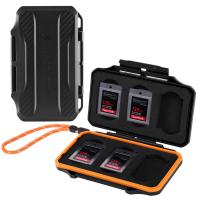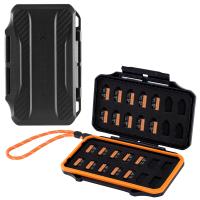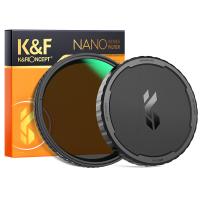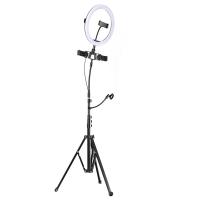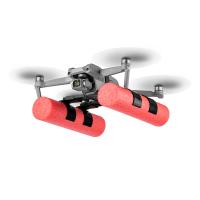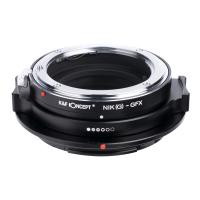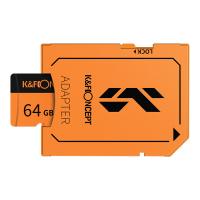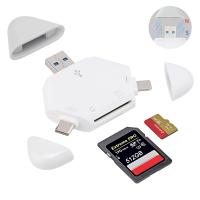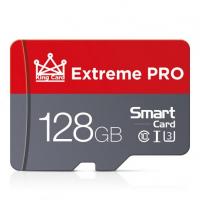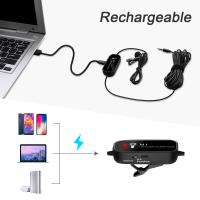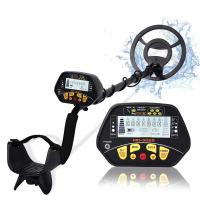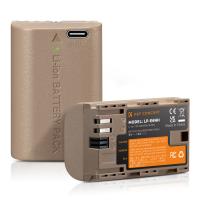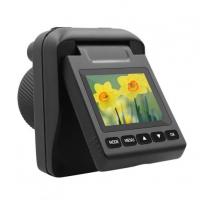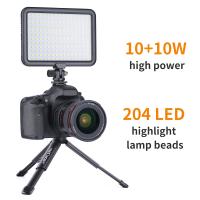How To Put Memory Card In Pc?
In today's digital age, memory cards have become an essential tool for storing and transferring data. Whether you're a photographer, a student, or a professional, knowing how to properly insert a memory card into your PC can save you time and prevent potential data loss. This article will guide you through the process of inserting a memory card into your PC, addressing common issues and providing practical solutions.
Understanding Memory Cards and Their Types
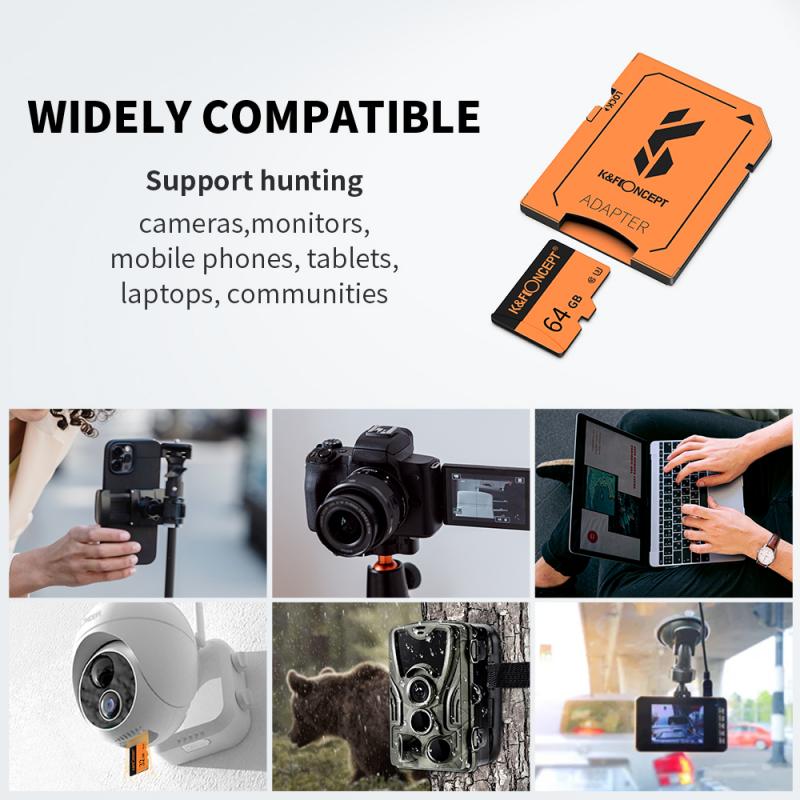
Before diving into the process, it's important to understand the different types of memory cards available. The most common types include:
1. SD (Secure Digital) Cards: Widely used in cameras, smartphones, and tablets.
2. MicroSD Cards: Smaller than SD cards, often used in smartphones, tablets, and some cameras.
3. CF (CompactFlash) Cards: Typically used in professional cameras.
4. Memory Stick: Used in some Sony devices.
Each type of memory card may require a different approach when inserting it into your PC.
Step-by-Step Guide to Inserting a Memory Card into Your PC
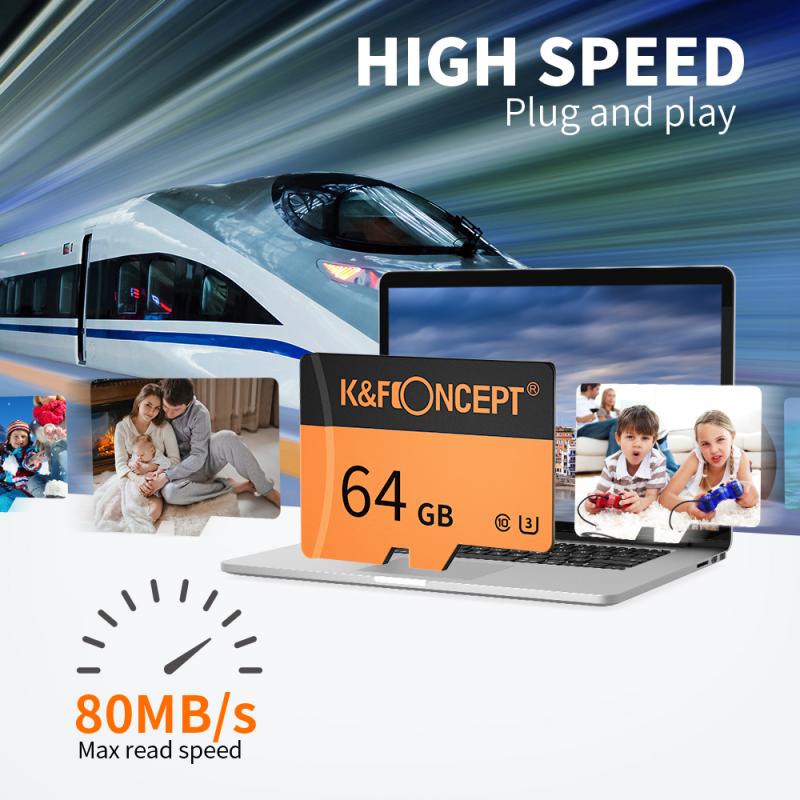
1. Check Your PC for a Card Reader
Most modern PCs and laptops come with built-in card readers. These are usually located on the side of a laptop or the front panel of a desktop. If your PC does not have a built-in card reader, you will need an external card reader, which can be connected via USB.
2. Identify the Correct Slot
Memory card readers often have multiple slots for different types of cards. Ensure you identify the correct slot for your memory card. For example, an SD card slot is larger than a MicroSD card slot.
3. Insert the Memory Card
- For SD Cards: Hold the card with the label facing up and the gold contacts facing down. Gently push the card into the slot until it clicks into place.
- For MicroSD Cards: If your PC has a MicroSD slot, insert the card with the label facing up and the gold contacts facing down. If your PC only has an SD slot, use a MicroSD to SD adapter. Insert the MicroSD card into the adapter, then insert the adapter into the SD slot.
- For CF Cards: Align the card with the slot, ensuring the label is facing up. Gently push the card into the slot until it is fully inserted.
- For Memory Sticks: Insert the card with the label facing up and the gold contacts facing down. Push the card into the slot until it clicks into place.
4. Access the Memory Card
Once the memory card is inserted, your PC should automatically recognize it. You can access the card by opening "File Explorer" and selecting the card from the list of drives. It will usually be labeled as "Removable Disk" or with the card's brand name.
Troubleshooting Common Issues
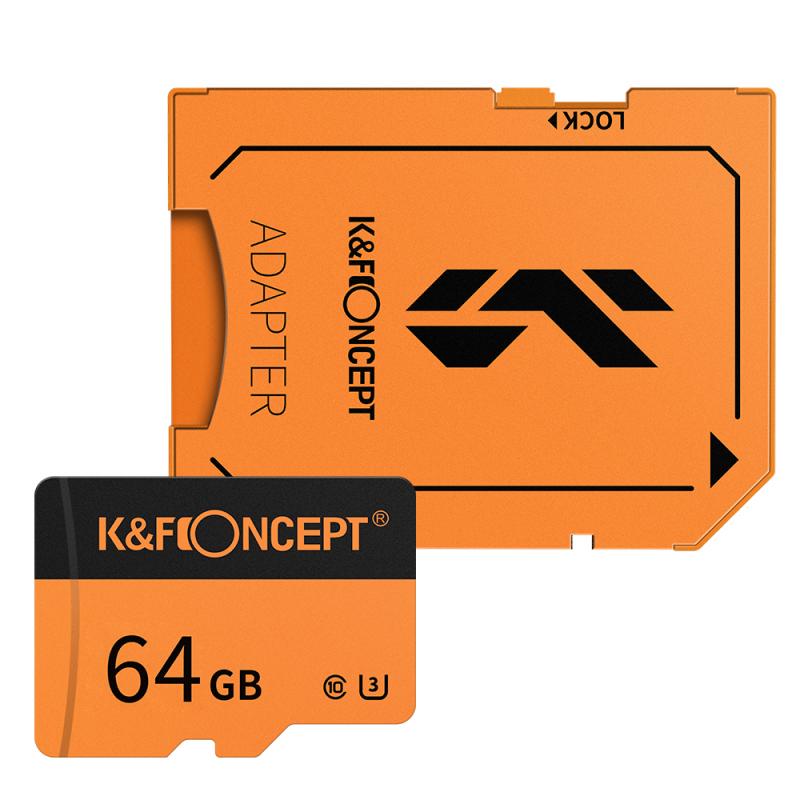
1. Memory Card Not Recognized
If your PC does not recognize the memory card, try the following steps:
- Check the Card Reader: Ensure the card reader is properly connected and functioning. If using an external reader, try connecting it to a different USB port.
- Update Drivers: Outdated drivers can cause recognition issues. Update your card reader drivers through the Device Manager.
- Try a Different Card: The card itself may be faulty. Test with another memory card to determine if the issue is with the card or the reader.
2. Card Reader Not Working
If the card reader is not working, consider these solutions:
- Restart Your PC: Sometimes, a simple restart can resolve hardware recognition issues.
- Check for Physical Damage: Inspect the card reader and memory card for any physical damage.
- Use an External Reader: If the built-in reader is not working, use an external USB card reader.
3. Data Transfer Issues
If you experience issues transferring data to or from the memory card:
- Check for Write Protection: Some memory cards have a write protection switch. Ensure it is in the "unlocked" position.
- Scan for Errors: Use the built-in Windows error-checking tool to scan the card for errors. Right-click the card in File Explorer, select "Properties," then "Tools," and click "Check."
Best Practices for Using Memory Cards
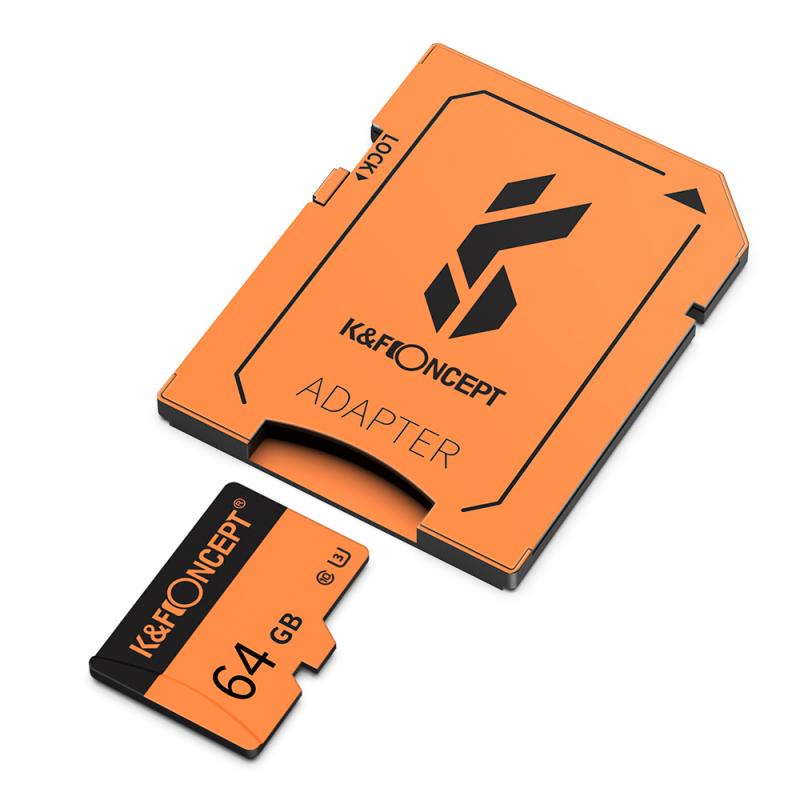
To ensure the longevity and reliability of your memory cards, follow these best practices:
1. Safely Eject the Card: Always use the "Safely Remove Hardware" option before removing the card from your PC to prevent data corruption.
2. Avoid Physical Damage: Handle memory cards with care to avoid bending or breaking them.
3. Regular Backups: Regularly back up the data on your memory card to prevent data loss.
4. Keep Cards Clean: Store memory cards in protective cases to keep them free from dust and debris.
Inserting a memory card into your PC is a straightforward process, but it requires attention to detail to ensure proper functionality and data integrity. By following the steps outlined in this article, you can confidently insert and use memory cards with your PC. Additionally, understanding how to troubleshoot common issues and adhere to best practices will help you maintain the performance and longevity of your memory cards. Whether you're transferring photos, videos, or important documents, these tips will ensure a smooth and efficient experience.

